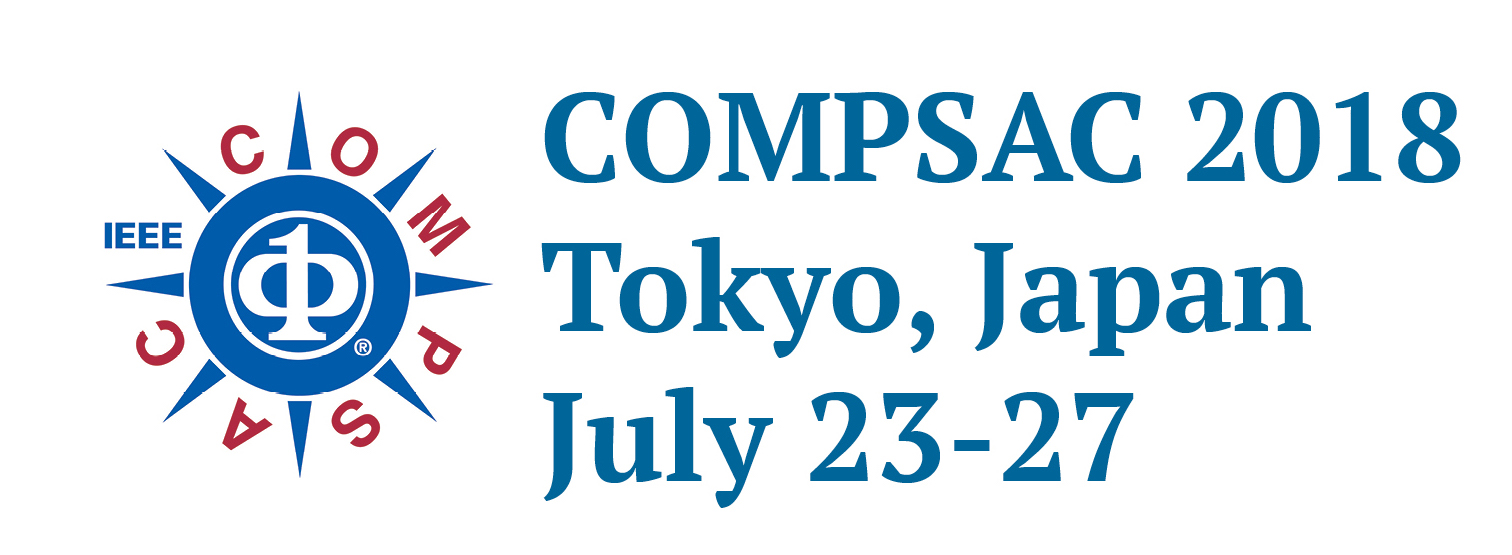COMPSAC “Journal First / Conference Second (J1C2)” and “Conference First / Journal Second (C1J2)” Schemes for Journal Publication Opportunities
COMPSAC offers opportunities to recommend our best papers for inclusion in IEEE publications, and to encourage presentation of already published journal papers during the conference. These schemes, to be executed at the discretion of individual COMPSAC symposia and workshops chairs, are as follows:
C1/J2 – Conference First, Journal Second
Chairs may offer the authors of accepted papers opportunity for publication in an IEEE journal. In this C1J2 Scheme, a chair initiates the process to offer the paper(s), together with their COMPSAC reviews, for publication in an IEEE journal to the journal editor-in-chief (EIC). EICs may or may not use our reviews at their discretion, but may instead prefer to rely solely on their own reviewer communities. Such papers accepted by a journal for publication will appear in the COMPSAC proceeding as only an abstract accompanied by a note that the paper has been submitted to the journal for consideration for publication in that journal. If the paper is accepted for publication, a link to it will be provided in the conference proceedings, thus providing conference participants access to that paper. The paper will still be registered for COMPSAC and must as well be presented during the conference. If such a paper is not accepted by the journal, the paper will be later included in the conference electronic proceedings.
J1/C2 – Journal First, Conference Second
Similar to the above mentioned scheme, but taking place in the reverse order is the J1C2 scheme – journal publication first, conference presentation to follow. A published work in an IEEE journal, say within couple of years, or even accepted but not yet published, may be submitted to and presented at COMPSAC. If accepted, the conference proceedings will contain an abridged abstract and a link to the published version, thus conference participants may have access to that paper. The abstract must as well include a brief summary of the key results, contributions and proposals beyond those published in the paper. This scheme benefits authors by presenting their work to a wider audience in person, discussion, networking with peers, and driving renewed interest to their work. The process is as follows: the author offers a paper by proposing it as a full-text manuscript submission to a symposium or a workshop; the paper is then lightly reviewed for suitability, scope, technical content and merit by the PC of the symposium/workshop; finally, the PC Chair(s) proposes a notification decision. The author then registers the paper and presents it during the conference at the time identified in the program.
Deadlines and due dates are available on the Important Dates page.
Paper templates and additional information for authors is available on the Information for Authors page.
J1C2/C1J2 Chairs
Atilla Elci, Aksaray University, Turkey
Email: atilla.elci@gmail.com
Vladimir Getov, Westminster University, UK
Email: V.S.Getov@westminster.ac.uk

